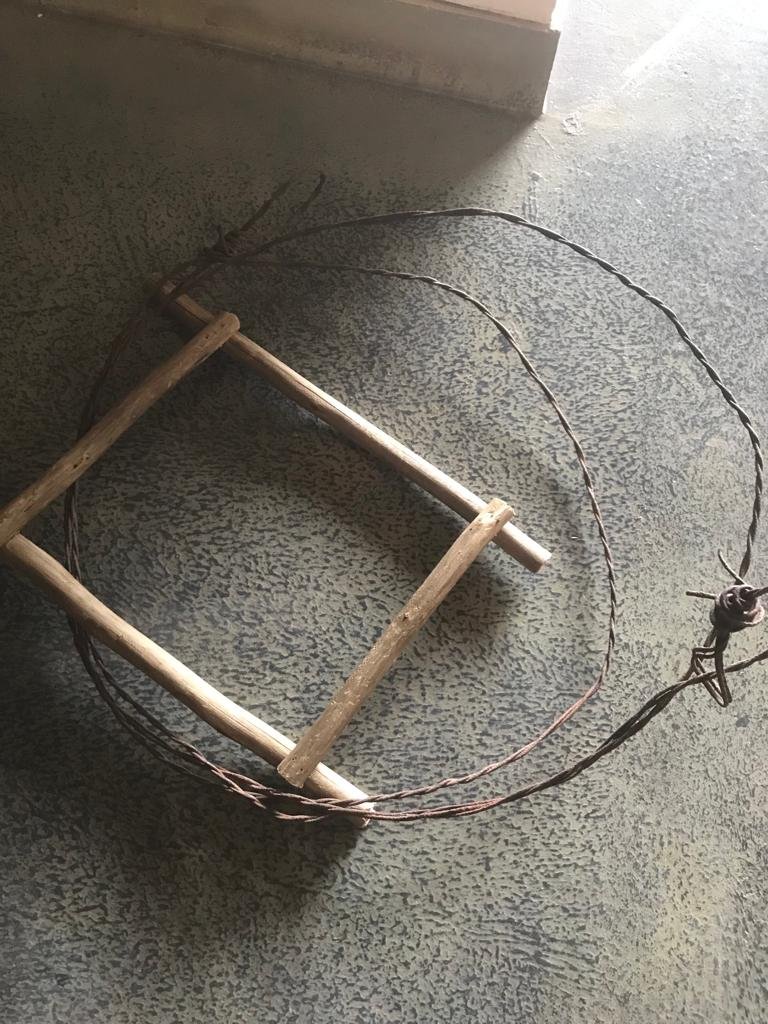Teaching young children about Angola’s protected areas
As first appeared on Radio Benguela in Angola, here. Produced by Ivanilson Ramos.
February 5 2023
Amid spikes in poaching, education and outreach could deter young people from engaging in wildlife crime
These snares, set by poachers, were collected by rangers during patrols of the park.
Image by Ivanilson Ramos.
It is a short journey to the AMAC Environmental Park, located in Baía Farta along Angola’s coast. This protected area is home to several species of wildlife, with 25 dominant species in an area of 9,000 hectares. However, these animals are under constant threat from poachers in the region.
Vicente Leitão, park manager, told Radio Benguela that crimes against wildlife are increasingly frequent in the region due to a lack of monitoring and control. Since the beginning of this year about 380 wild animals have been targets of traps placed by poachers, despite their efforts to protect about 2500 animals since their repopulation in 2010.
On the other hand, young children visiting the park were excited to see animals that they had only seen on television. Speaking to reporter Ivansilon Ramos, they agreed that it is very important to take care of and protect the wild animals, because “they deserve to live just like us.”
The protection of wild animals allows them to live and thrive in their natural habitats, but also has benefits for humans through income generating activities like tourism.
Listen to Ivanilson’s full broadcast, in Portuguese, here.
This article is reproduced here as part of the African Conservation Journalism Programme, funded in Angola, Botswana, Mozambique, and Zimbabwe by USAID’s VukaNow: Activity. Implemented by the international conservation organisation Space for Giants, it aims to expand the reach of conservation and environmental journalism in Africa, and bring more African voices into the international conservation debate. Written articles from the Mozambican and Angolan cohorts are translated from Portuguese. Broadcast stories remain in the original language.

